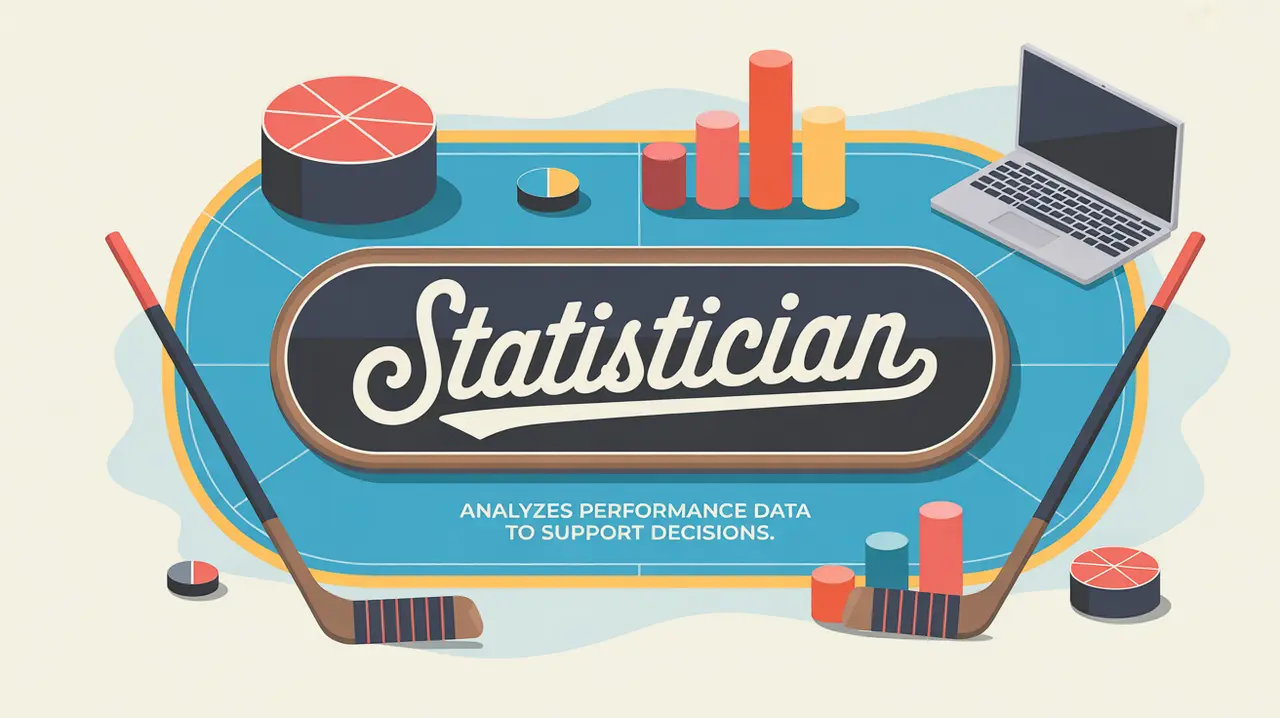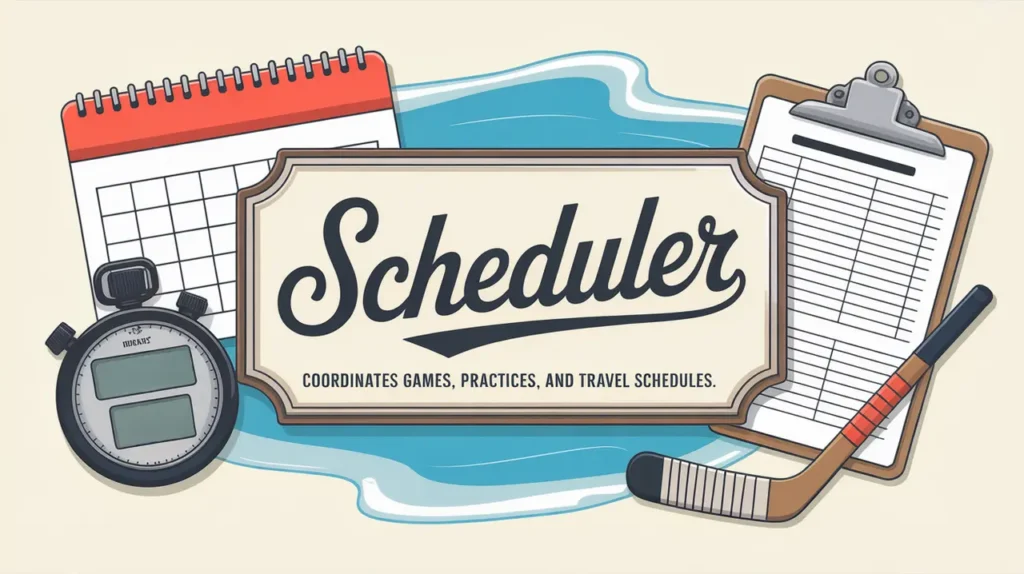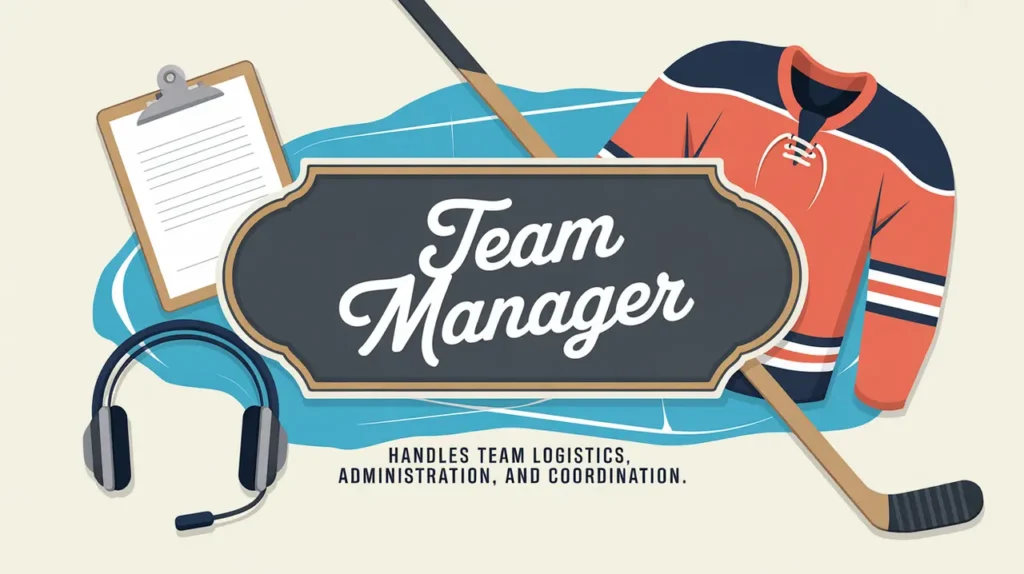Jim’s Intro to the Statistician
Hi folks, Jim here, the only commentator who once tried to keep stats with a hot dog in one hand and a pencil in the other. Let’s just say it tastes terrible when you mix them up.
What is a statistician?
A statistician is responsible for recording, organizing, and analyzing key data during games and throughout the season, such as goals, assists, shots, penalties, faceoffs, saves, and time on ice.
They turn the flow of play into structured information that helps coaches adjust strategies, players track their performance, and organizations evaluate their progress over time.
How does it work?
Statisticians support the team through real-time data collection, organization, and analysis:
Live Game Tracking
- They record events as they happen, noting goals, assists, shots, penalties, hits, and other relevant metrics.
- In higher levels, this involves specialized software. At lower levels, it can be as simple as manual tally sheets.
Verification and Accuracy Checks
- Statisticians review events for accuracy, cross-checking with scorekeepers, video, or official reports.
- Accuracy matters. Bad data leads to bad decisions.
Post-Game Reporting
- After games, they compile stat sheets for coaches, league officials, media, or team archives.
- This may include cumulative stats, trends, or key takeaways.
Seasonal Data Management
- Statisticians track performance over time, identifying player development, team trends, and strategic strengths or weaknesses.
Advanced Metrics (at higher levels)
- Some statisticians also analyze shot quality, zone entries, possession metrics, or expected goals, adding deeper layers of insight.
Common Situations Involving Statisticians
- Live Games: Tracking every event as it unfolds.
- Post-Game Review: Correcting any discrepancies in the official record.
- Team Analysis Sessions: Providing coaches with data-driven insights.
- Player Development Tracking: Measuring growth over time.
- League Reporting: Submitting accurate data for standings and records.
How do you make good decisions with it?
Good statistical work relies on accuracy, consistency, and clear communication.
- Stay Focused During Play: Even brief distractions cause missed events.
- Use Clear Systems: Standardized methods keep data clean.
- Verify Regularly: Cross-check to avoid errors.
- Communicate with Officials and Coaches: Clarify any ambiguities quickly.
- Distinguish Between Observation and Interpretation: Record first, analyze second.
How do you master it?
Mastering the statistician role requires attention to detail, concentration, and a love for the game’s patterns. The best statisticians are unflappable during fast action and produce data that teams can trust implicitly. At higher levels, it also involves analytical skill to interpret trends meaningfully.
What does it look like when done right?
A great statistician provides clean, accurate, and timely data that supports everything from coaching adjustments to player recognition. Teams make smarter decisions, trends are identified early, and the story of the game is told clearly through numbers.
Commentator’s Corner
Jim’s Take
The statistician is like the game’s scribe, turning the chaos of the ice into a clear record. Without them, we’d all be arguing about who actually had that second assist.
Parent Tip
Stats can be a great way for players to track their growth. But remember, numbers never tell the full story. Effort and teamwork matter too.
Player Tip
Play your game, but understand your stats. Knowing your tendencies can help you improve strategically.
A Final Thought
The statistician is the keeper of the game’s factual backbone, blending focus, precision, and analytical skill to give structure to the action. When mastered, the role combines accuracy, insight, and reliability, turning raw play into meaningful information.









